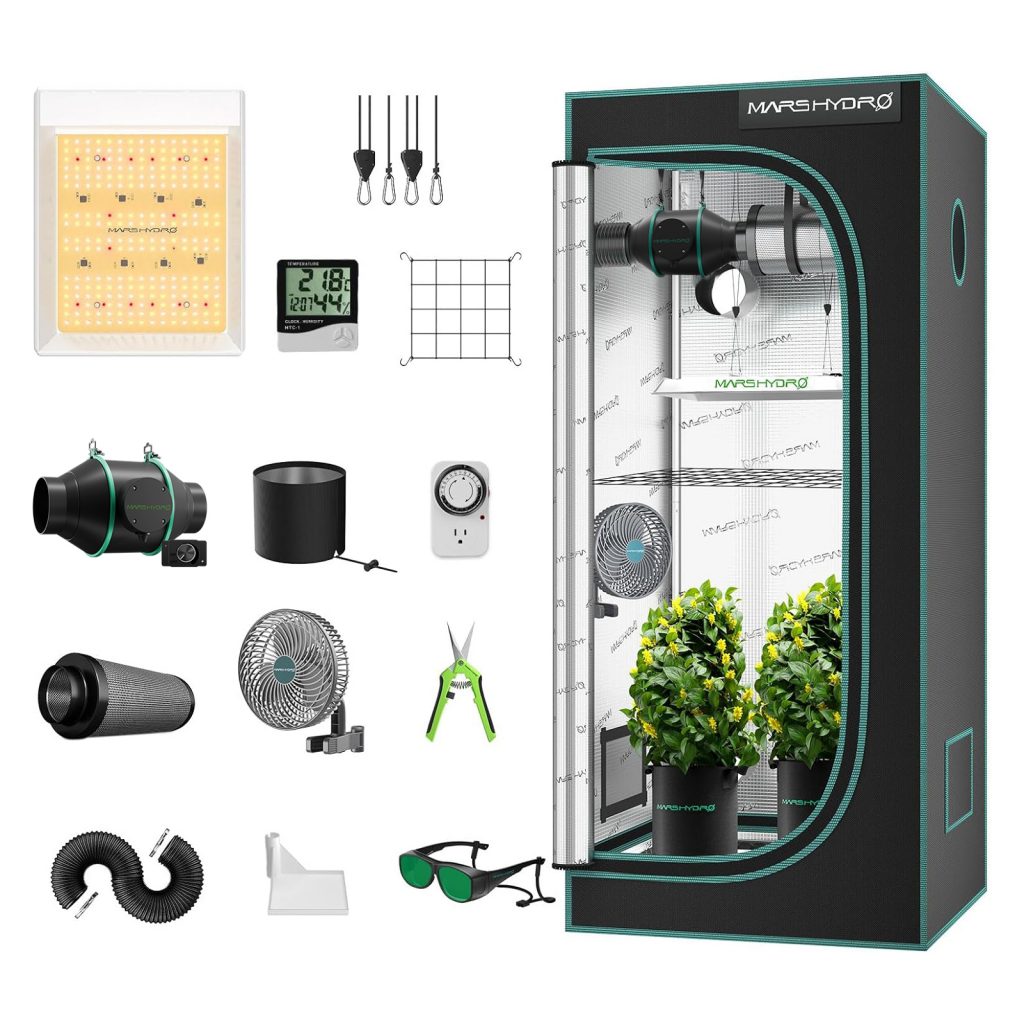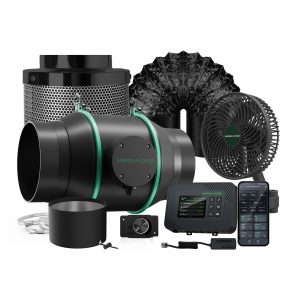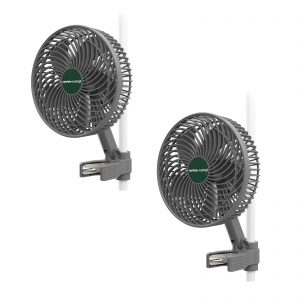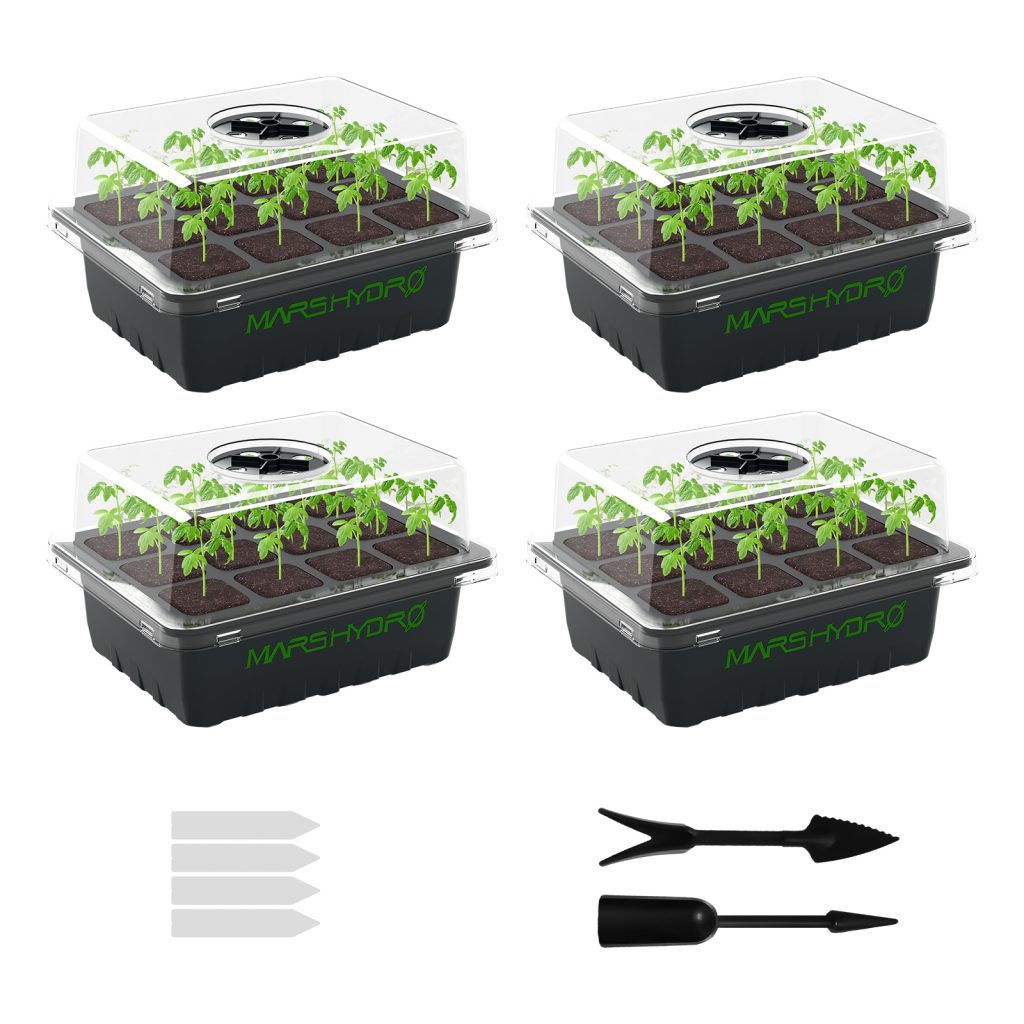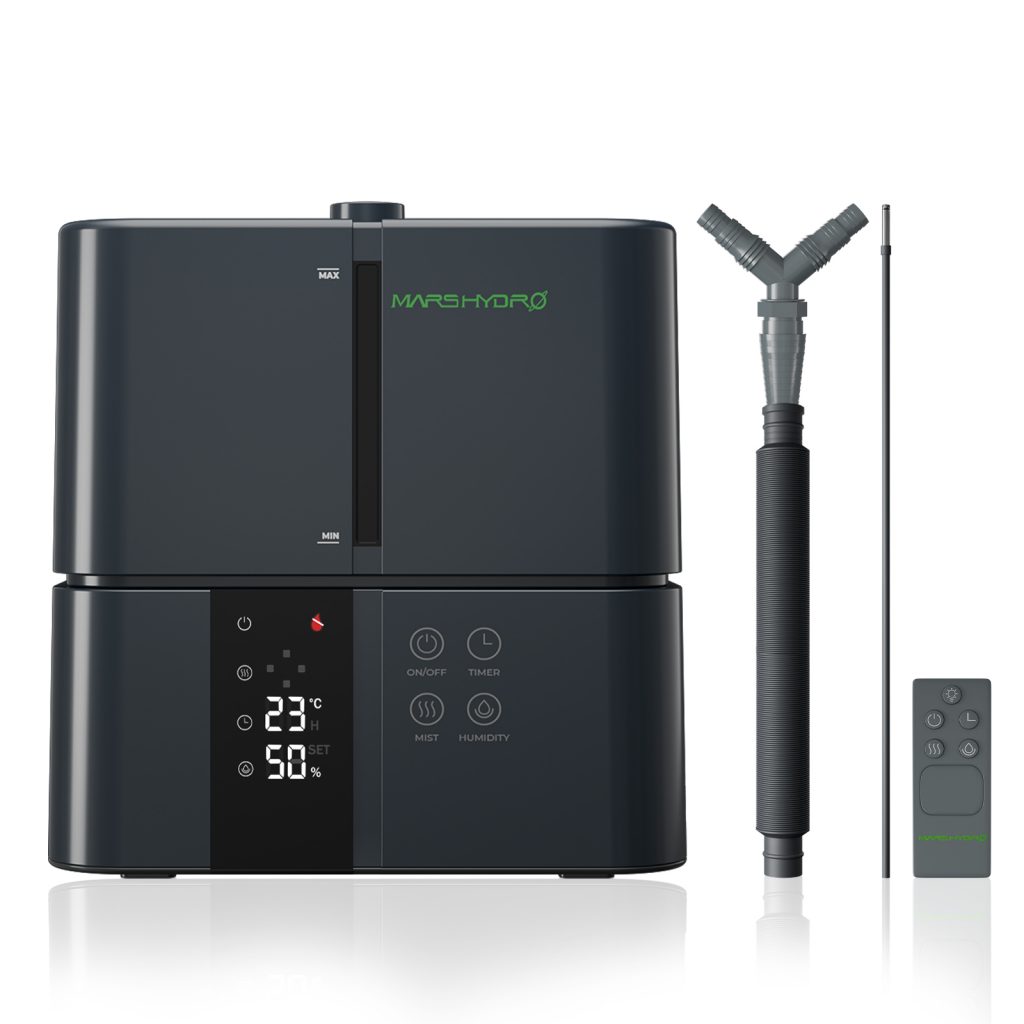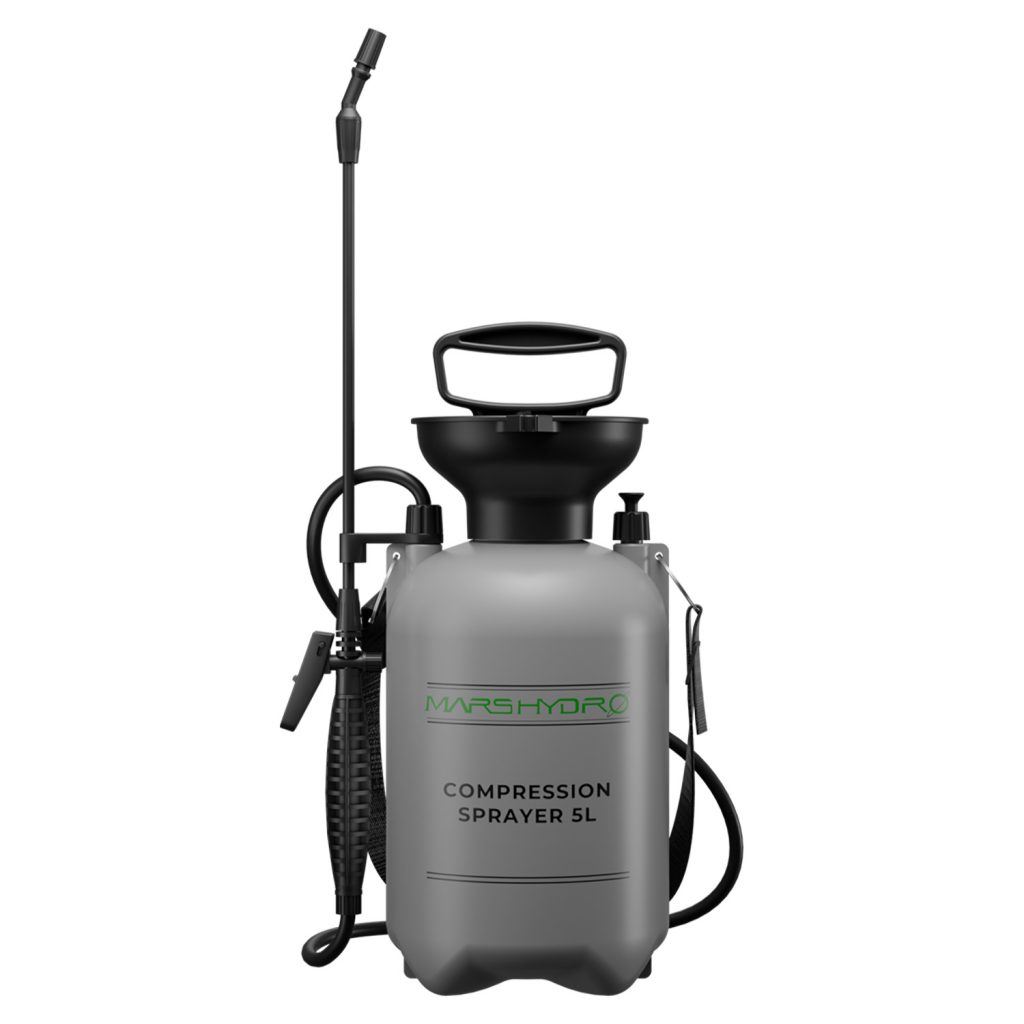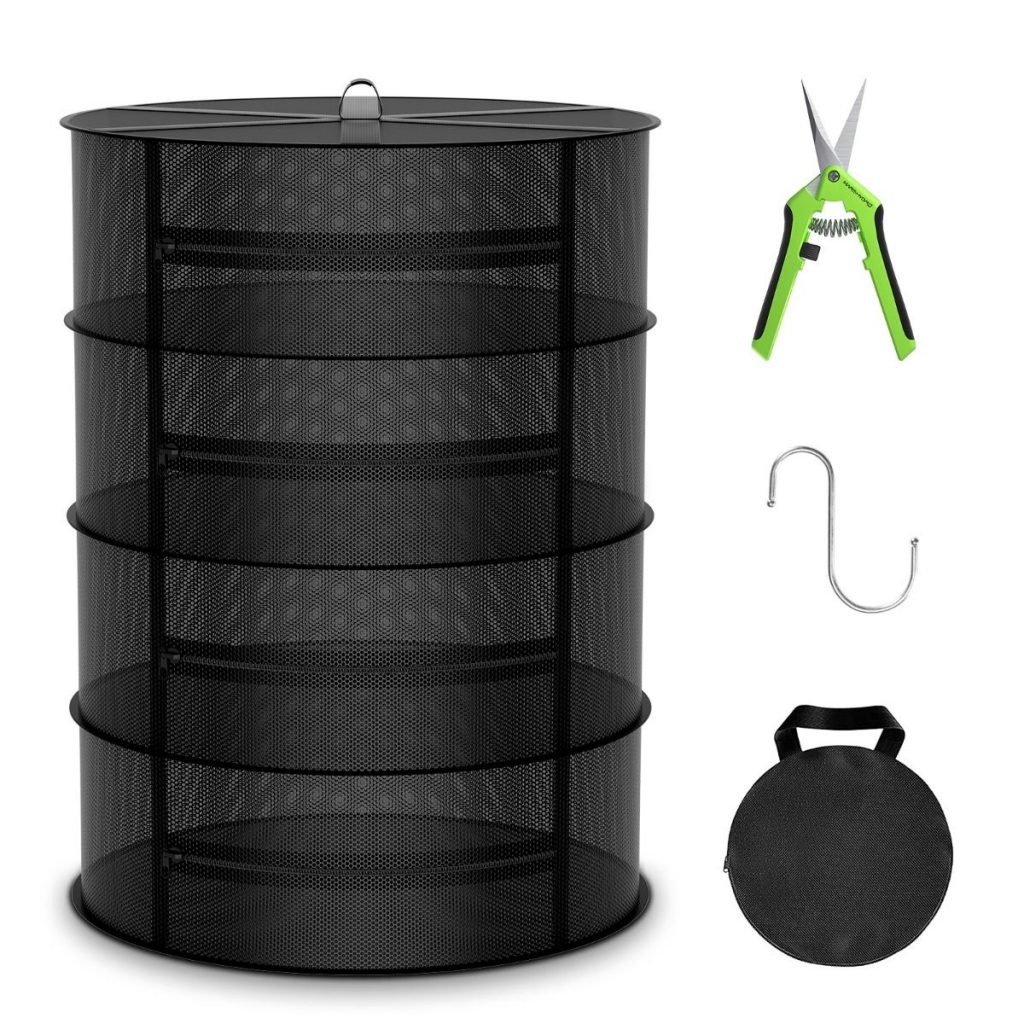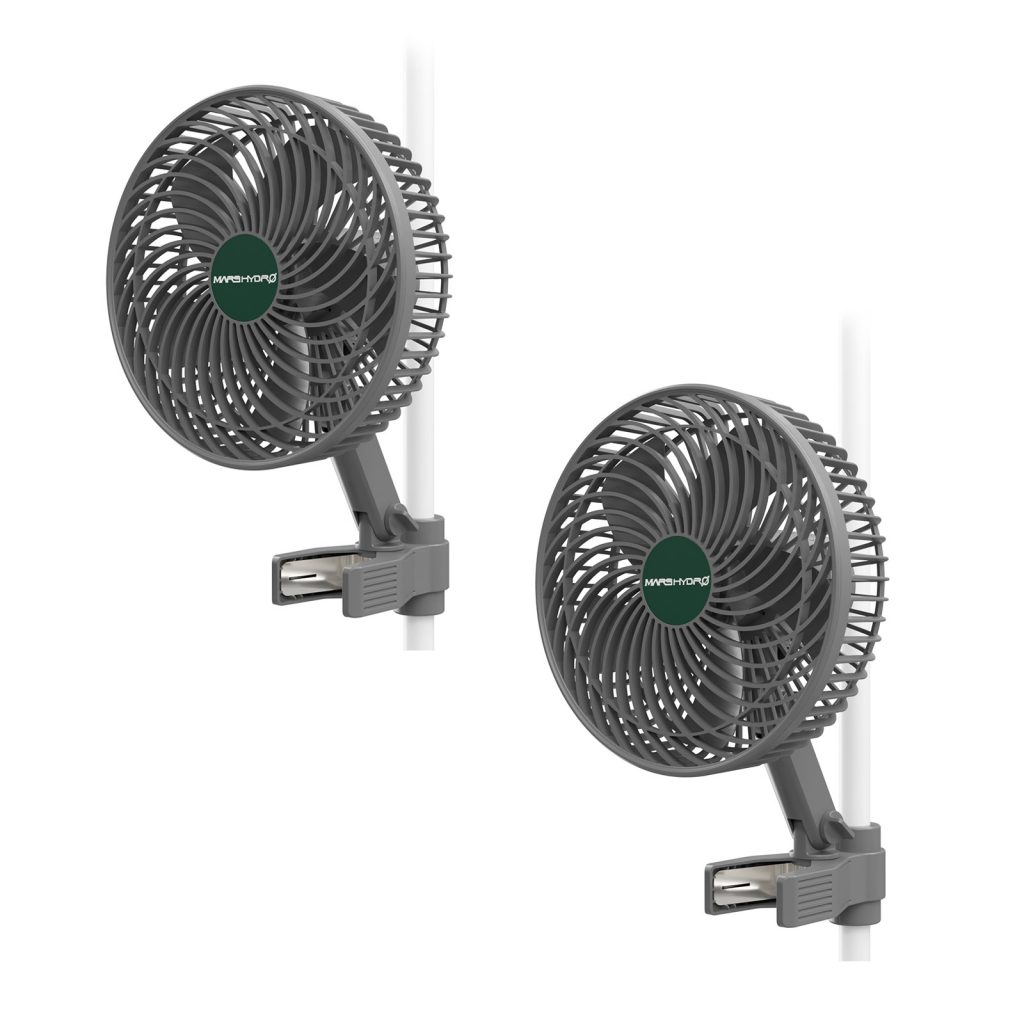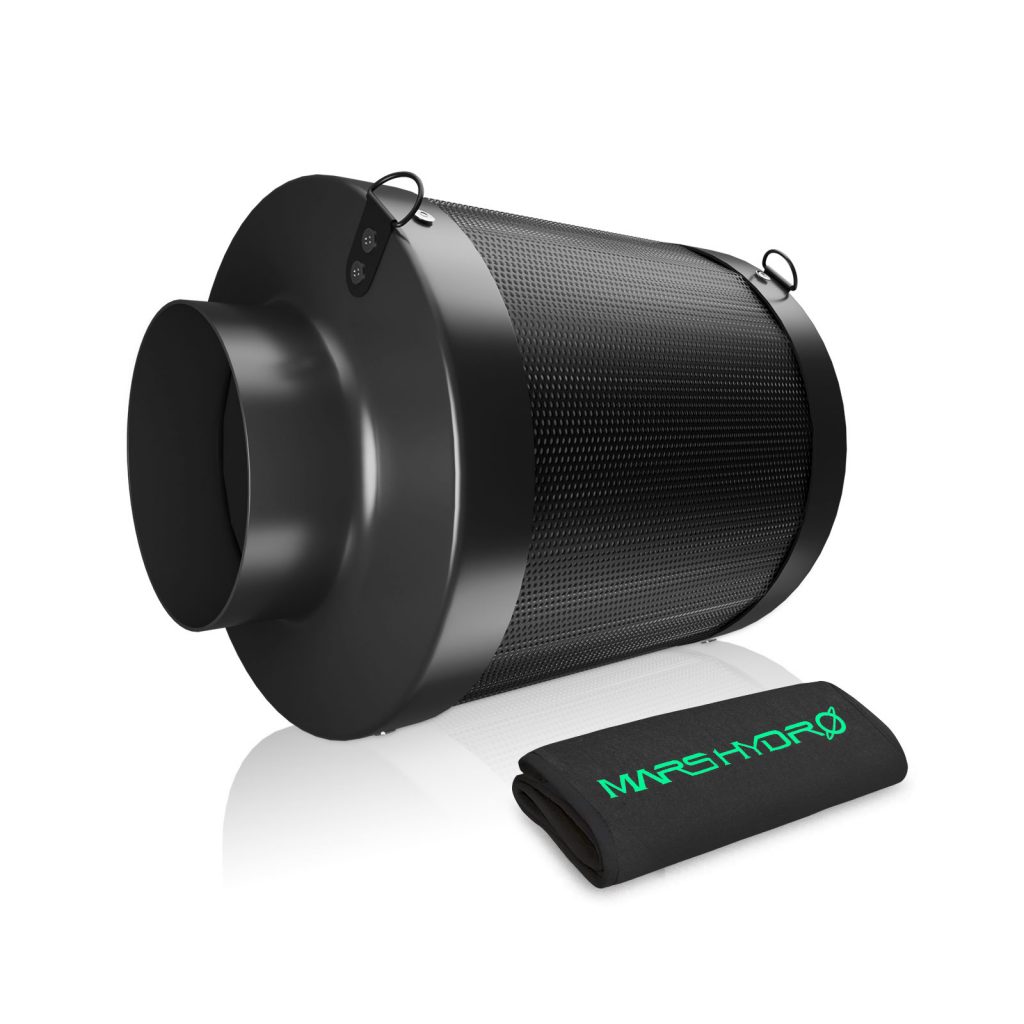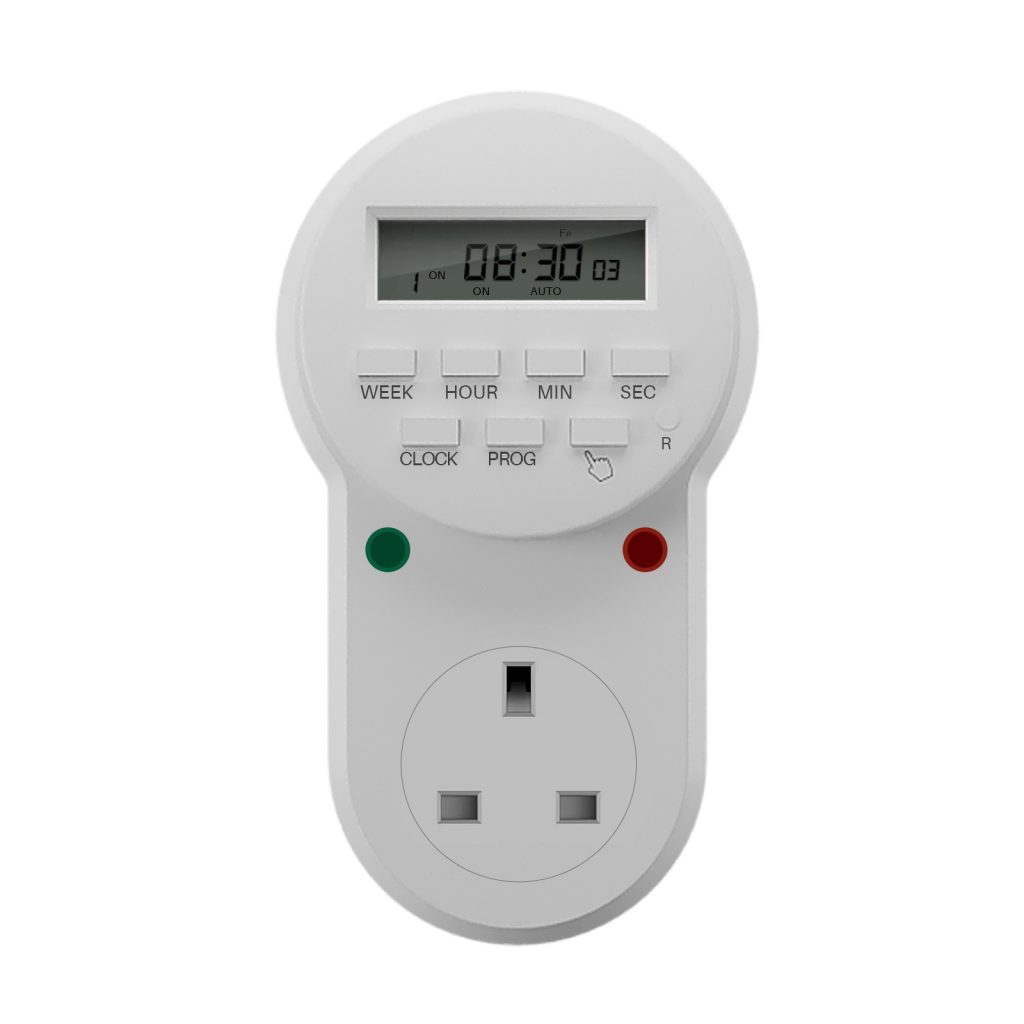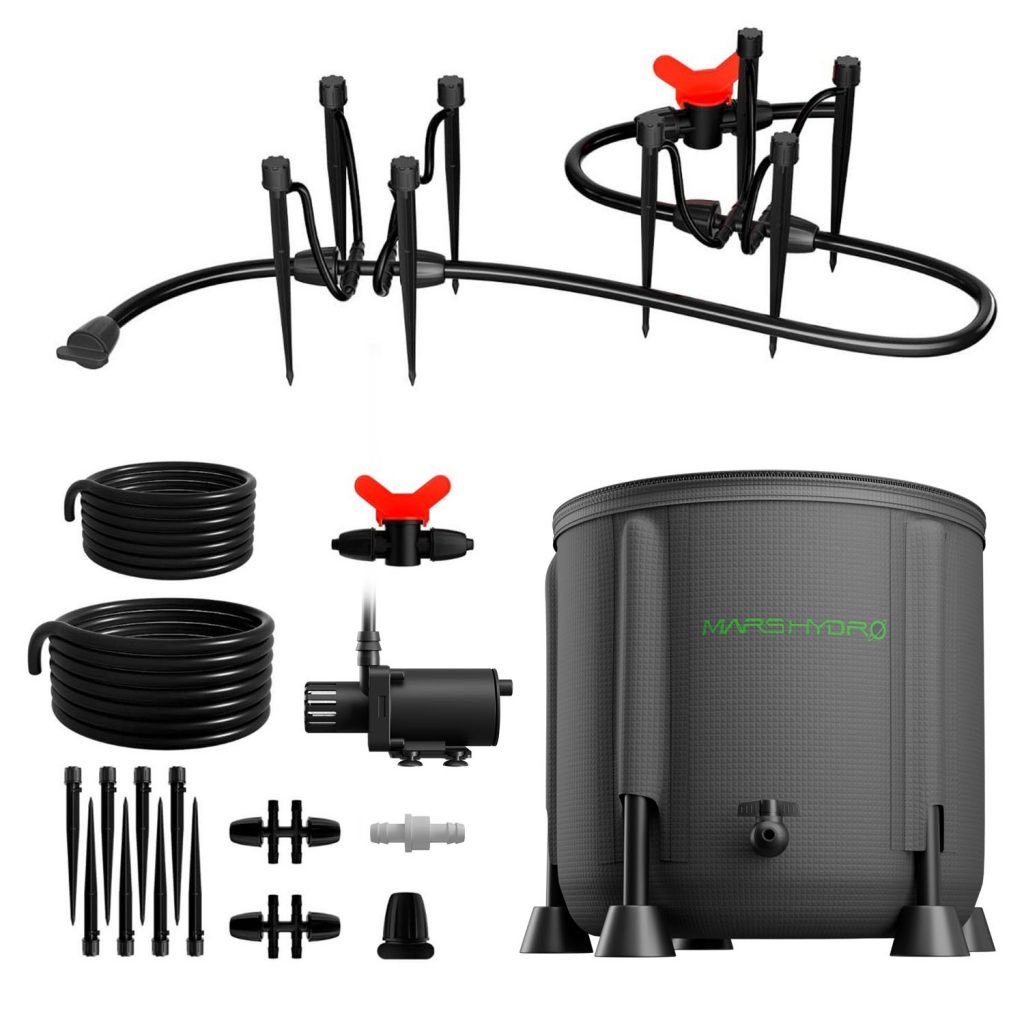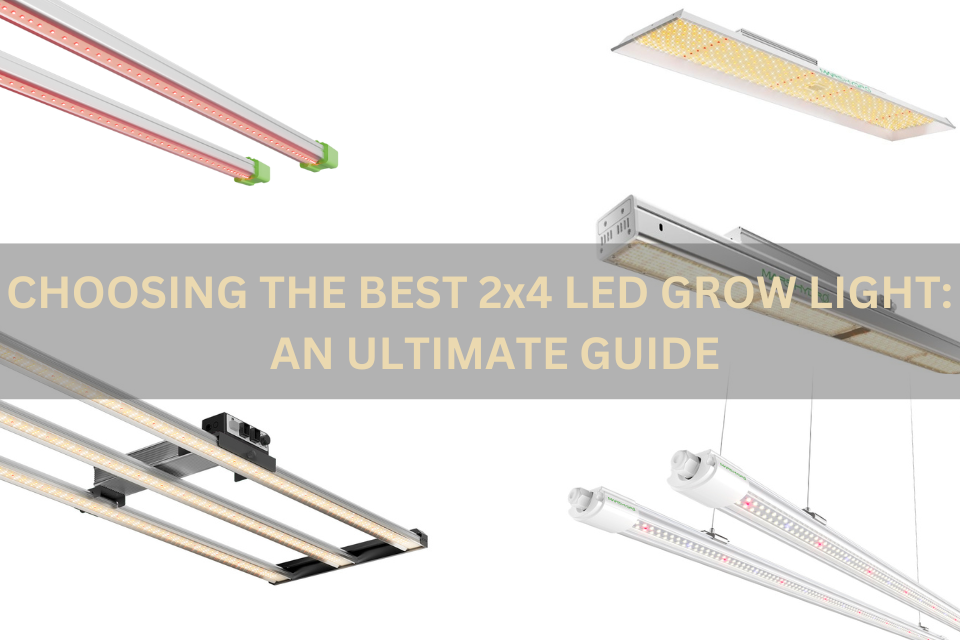With the increasing popularity of indoor gardening, LED grow lights have become a popular choice for providing light to plants. LED grow lights are known for their energy efficiency and long lifespan, but many people are curious about do grow lights use a lot of electricity. Understanding the energy and power consumption of LED grow lights is essential for both home gardeners and commercial growers, as it can impact both energy costs and plant growth. In this article, we will explore the energy usage of LED grow lights and provide insights on how to calculate their electricity consumption.
LED Watts VS. True Watts of a LED Grow Light
When it comes to LED grow lights, it’s important to understand the difference between LED watts and true watts. LED watts refer to the amount of power used by the LED chips in the light fixture, while true watts refer to the actual amount of usable light output produced and actual power draw by the fixture. The relationship between these two values can vary depending on the quality and efficiency of the LED chips and the overall design of the light fixture.
A high-quality LED grow light will have a high efficiency rating, meaning that it will convert a large percentage of the energy used by the LED chips into usable light output. In this case, the true watts of the light will be close to the LED watts, and the light will be more energy-efficient overall. However, a low-quality LED grow light may have a lower efficiency rating, meaning that a significant amount of the energy used by the LED chips for power draw and will be wasted as heat instead of being converted into usable light output.
It’s important to consider both LED watts and true watts when selecting a LED grow light, as a high LED wattage does not necessarily equate to a high true wattage or a high-quality grow light. Instead, look for lights with high efficiency ratings and well-designed heat dissipation systems to ensure that you get the most usable light output for your energy usage.
Electricity Usage of LED Grow Lights

LED grow lights are an efficient and cost-effective way to provide light for indoor plants. The amount of electricity used by LED grow lights depends on the true wattage of the light and the number of hours it is used each day. To calculate the true wattage, divide the listed watts by 1,000. LED grow lights consume far less electricity than other types of lighting, such as incandescent bulbs. They are also more durable and last longer than other types of lighting.
LED grow lights are a popular choice among growers because they provide good-quality light without emitting excessive heat. They also allow growers to craft proprietary light formulas or recipes to bring out the characteristics of their plants. This can be especially useful for commercial growers who want to produce high-quality crops that will sell well in the market.
In addition to being energy-efficient, LED grow lights can also reduce other costs for growers. Without harsh radiant heat blasting plants from above, growers can use less water and fertilizer. They also allow growers to produce plants year-round while keeping costs down. Overall, LED grow lights are an economical choice for indoor plant growth that provides high-quality light while reducing energy consumption and other costs.
How to Calculate Electricity Usage of LED Grow Light
To calculate the electricity usage of an LED grow light, you will need to know the wattage of the light and the number of hours it operates per day. The wattage of theLED grow light should be listed on the packaging or in the product specifications. To calculate the daily electricity usage, simply multiply the wattage by the number of hours the light operates per day.
Calculating how much electricity your grow light consume is not difficult, you only need to know two things:
- The actual power of the light
- The number of hours the LED grow light runs per day
We will use Mars HydroTS3000 LED grow light as an example to calculate the electricity it consumes. if you have a 450-watt TS3000 LED grow light that operates for 18 hours per day, the daily electricity usage would be 8.1 kilowatt-hours (kWh) (450 watts x 18 hours = 8100 watt-hours / 1000 = 8.1 kWh).
To calculate the monthly electricity usage, multiply the daily electricity usage by the number of days in the month. For example, if the daily electricity usage is 8.1 kWh and there are 30 days in the month, the monthly electricity usage would be 54 kWh (8.1 kWh x 30 days = 243 kWh).
Mars Hydro TS3000 grow light can replace a HPS grow light. Therefore, let’s see how that compares to an equivalent 600W HPS light:
The daily electricity usage: 600 watts x 18 hours = 10800 watt-hours / 1000 = 10.8 kWh).
The monthly cost of electricity usage: 10.8 kWh x 30 days = 324 kWh
It can be seen that compared with other types of grow lights, LED grow lights will save more on electric bill and money for you.
Calculating the electricity usage of LED grow light energy and lights is important for determining the cost to run a grow light and managing energy consumption. It is also useful for comparing the electricity usage of different grow lights and selecting the most efficient option. Keep in mind that the actual electricity usage may vary based on factors such as the efficiency of the LED grow light, the temperature of the growing environment, and the quality of the electricity supply.
How to Lower Your Grow Room Electricity Cost?

If you’re growing plants indoors, reducing your grow room electricity costs is essential to ensure that your operation is sustainable in the long term. There are several effective ways to lower your energy consumption and lower your bills. First, consider investing in energy-efficient LED grow lights. They use less power and generate less heat than traditional HPS lights, which not only reduces your electricity costs but also helps you avoid having to install costly cooling equipment to manage the heat generated by your lights.
Another way to reduce your energy consumption is to use a programmable timer to control the amount of light your plants receive. This not only helps you save energy but also helps you optimize your plant growth by providing the plant lights the right amount of light at the right time. Additionally, make sure to clean your grow room equipment regularly to avoid dust buildup, which can cause energy inefficiencies.
Having a high-quality ventilation system is also critical in reducing your electricity costs. The proper ventilation system can circulate air efficiently, reducing humidity and moderating temperature, which can reduce your need for additional equipment to manage the environmental conditions of your grow room.
Finally, it is crucial to monitor your energy consumption regularly to identify inefficiencies and make changes accordingly. Keeping track of your energy consumption can help you identify any inefficiencies and areas of improvement. You can install energy monitors or smart plugs to track the energy usage of different equipment and adjust your usage habits accordingly.
By implementing these measures, you can significantly reduce your grow room electricity costs while maintaining the optimal growing conditions for your plants. Investing in energy-efficient equipment and adopting smart usage habits will not only save you money on power bill in the long run but also contribute to a more sustainable operation.
Conclusion: LED Grow Lights Can Save Electricity and Money
LED grow lights offer a wide range of cost-saving benefits to indoor growers. First and foremost, they consume less energy than traditional grow lights, resulting in lower electricity bills. LEDs are highly energy-efficient and can produce the same amount of light as HPS or MH lights while using up to 50% less energy. This means growers can run their lighting systems for longer periods without worrying about high energy costs.
Another benefit of LED grow lights is that they produce significantly less heat than traditional lights. This means growers can also save money on cooling costs, as they won’t need to use as much energy to keep the grow space at a suitable temperature. Traditional grow lights produce a lot of heat, which can be detrimental to plants if not managed properly. By using LEDs, growers can reduce their cooling costs while also providing a more comfortable environment for their plants.
In addition to lower energy and cooling costs, LED grow lights have a longer lifespan than traditional lights. Most LEDs have a lifespan of up to 50,000 hours, compared to around 20,000 hours for traditional lights. This means growers won’t need to replace their lighting systems as frequently, reducing the cost of replacement bulbs and maintenance.
Furthermore, LED grow lights can be customized to emit specific wavelengths of light that are most beneficial for plant growth. This targeted approach means growers can optimize their plant growth and yield while minimizing energy waste. With traditional grow lights, a lot of energy is wasted as heat, whereas with LEDs, the energy is converted directly into light that plants can use.
Overall, the cost savings of LED grow lights make them an attractive investment for indoor growers. By reducing energy and cooling costs, and requiring less frequent replacement and maintenance, growers can increase their efficiency and profitability while providing optimal growing conditions for their plants.
At last, hope all of you have a general understanding of how to calculate the electricity cost of your LED grow light. And if you have any other questions about LED grow light electricity and indoor growing, please feel free to contact us, Mars Hydro will always provide professional service and first-class growing guide for you.


